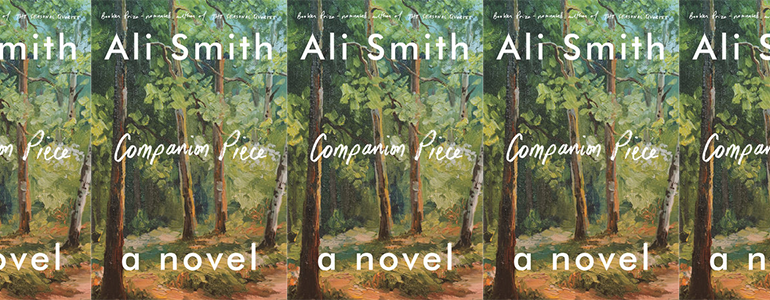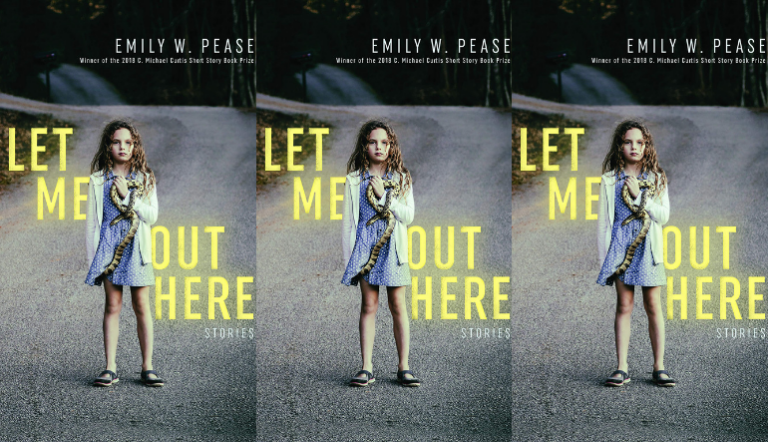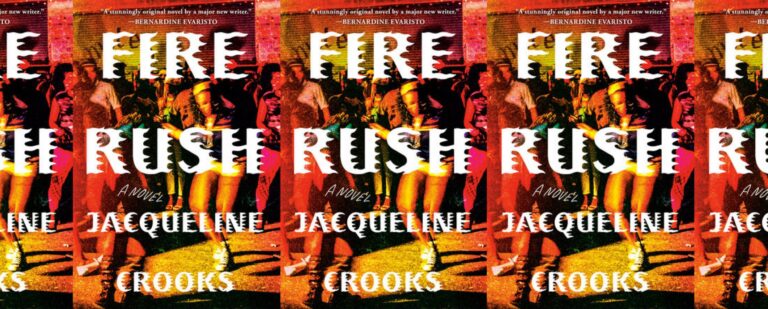Meaningless Craft and Crafting Meaning in Ali Smith’s Companion Piece

Ali Smith’s recent novel, Companion Piece, is situated in tensions. “Tragedy versus farce,” Smith says, introducing us to a corrupt policeman and the three-headed Cerebrus, an image created by the narrator before she collapses into a loss of meaning. It is yet another year of the pandemic. Pre-existing bigotry is given greater sanctioned proportions and loss of life is marked by an untenable, systemic indifference. And so, Smith artfully crafts another pandemic piece since her previous novel Summer, one with many jigsaw-piece edges sticking out defensively, narratively focused on the tension between the loss of meaning and the ability to make meaning.
The novel’s narrator, Sandy Gray, is a middle-aged conceptual artist. Her work involves a deliberate reproduction of literature, layering lines of poetry over one another to paint the poem’s central motif, a practice suited to her audacious but earnest character. While coping with her father’s hospitalization, Sandy suddenly receives a call from Martina Ingliss, someone she knew from college. Martina quickly provides a reason for calling: a bureaucratic tangle at the airport that is also a reference to a scene in Smith’s Autumn, then a problem she believes Sandy can solve. Martina was carrying an artifact, an intricately carved lock, with her. At the airport, inexplicably, a voice seemed to emanate from the object, asking, “Curlew or curfew.” She hopes Sandy—trained in the arts, possessing an “ability to do that thing with words”—can produce some meaning.
But once produced, the attraction of the meaning disrupts chronological storytelling as well as their staid housebound lives. Smith’s other novels are similarly structured. The narrator hunched over a puzzle, pulling terms apart down to its constituents, walking into the woods to follow associations. There are many ways of arriving at meaning, and Smith does it through intertextual games, playing with fairy tales, myths, renaissance-era legends, contemporary media and political discourse.
Martina attributes meaning-making ability to Sandy’s nature, calling her, in turns, “Sand,” then “Shifting Sands,” an old moniker that draws attention to Sandy’s bisexuality. Smith has drawn allusions to George Sand before, particularly in How to Be Both, a novel with many of the same movements as this one; like Francesco, the maker of the lock is depicted as a woman in the sixteenth century, one of the few to be legitimately apprenticed. Similarly, in her early work, Girl meets Boy, the assumed markers of gender are troubled. In Companion Piece, too, Sandy’s shifting is a movement that troubles simple configurations of desire and couples language with gender’s indeterminacy. This is made explicit in the novel when Sandy defends the use of they/them pronouns as historically accurate, but also when she expounds on the relationship between “difference” and “sameness.” Sandy’s ability to shift (or move) through many layers of meaning is a way to make meaning out of seemingly inchoate ideas: “‘Look at you,’ she says, ‘like that busker outside Marks and Spencer and all the meanings of things showering down on you like loose change.’”
Smith’s allusive style of writing extends to other methods of hermeneutics, some questioning the very production of meaning-making. Sandy, following the threads Smith tugs on, wonders whether the lock “spoke” because of the context of placing a cloth-swaddled object in a sterile waiting room, or whether it is in the nature of a chance encounter to produce a feeling of singularity. More presciently, however, is the novel’s reference to the Cottingley fairy photographs by Elsie Wright. Drawing attention to the conditions of life during the period, Sandy focuses on how mythmaking emerges in times of loss and suffering. Then, forging a parallel, Sandy and Martina’s recourse to stories in the midst of the pandemic is considered similarly exegetical.
Meaning, however, also exists in the novel as a tactile, material thing that must be made. Smith emphasizes craft. The apprenticed locksmith, “the girl,” in the latter half of the book, is trained to use the tools of the trade painstakingly in early modern England. The task is comparable to Sandy’s art, where meaning is given form. “The girl” learns to read the patterns of fire to mold metal, even adapting the (pre-industrial) tools to rock children to sleep or warm them. Craft, in Smith’s hand, is malleable. It produces meaning that is disparate from the terms and antecedents of its making, just like a lock that can speak.
In moments, Companion Piece, can come across as a little consumed by itself in that very assured (post-post) modernist way. It goes around in circles of self-referentiality and ends with a platitudinal hope—almost as a nod to its own hopeless search for meaning. But, as Sandy says, even a belief can be a companionable thing. Companions, for better or worse, is just something you trust.


